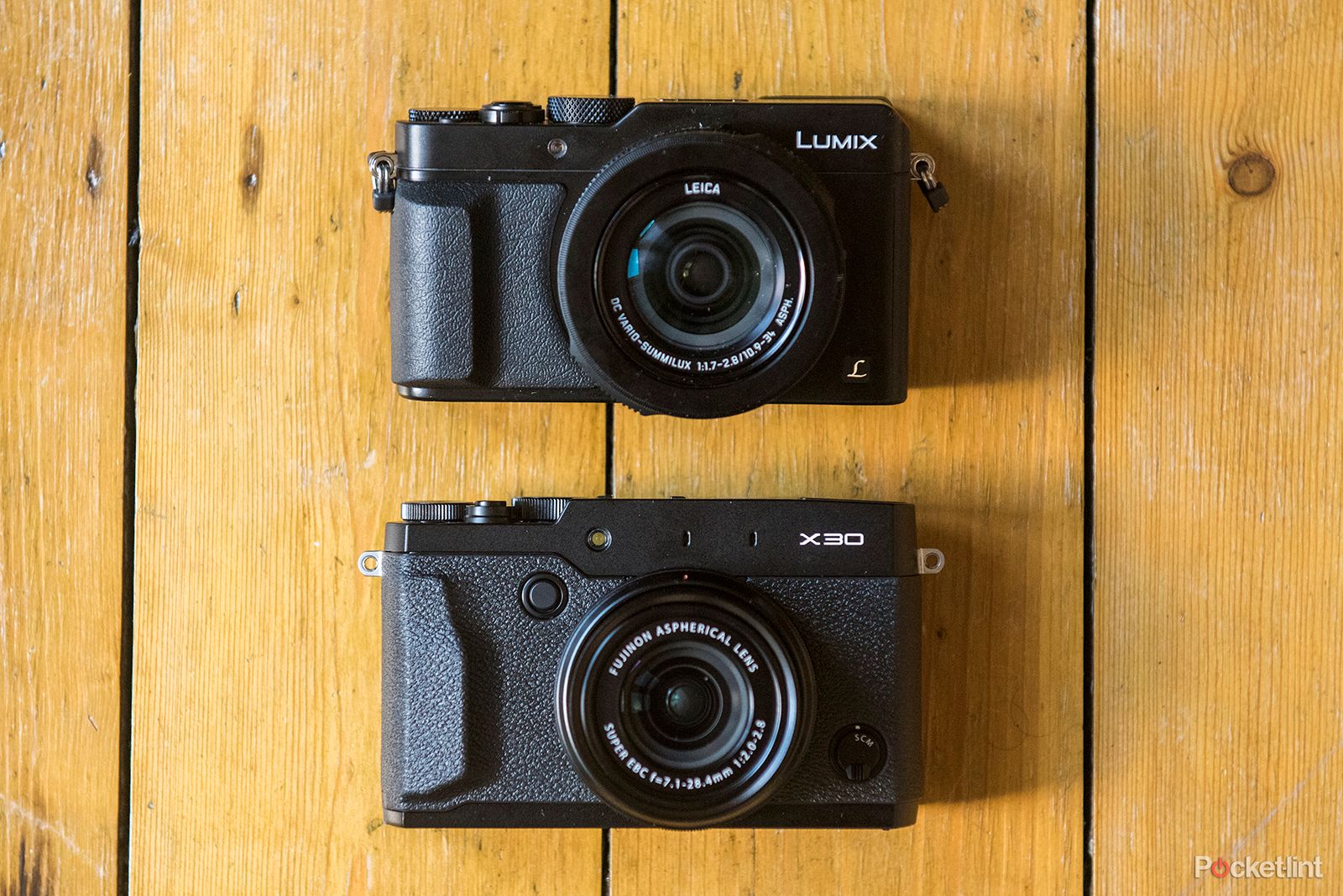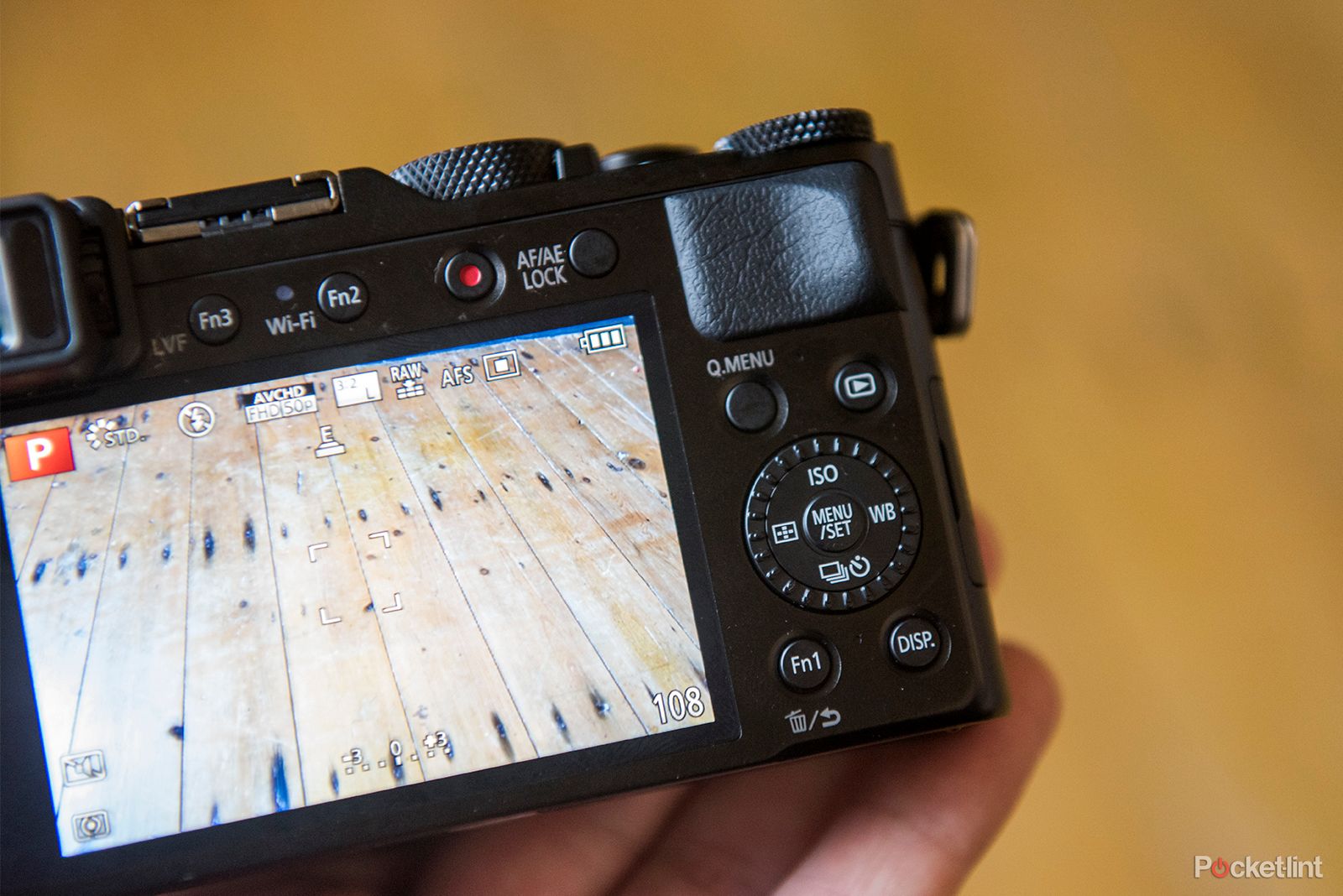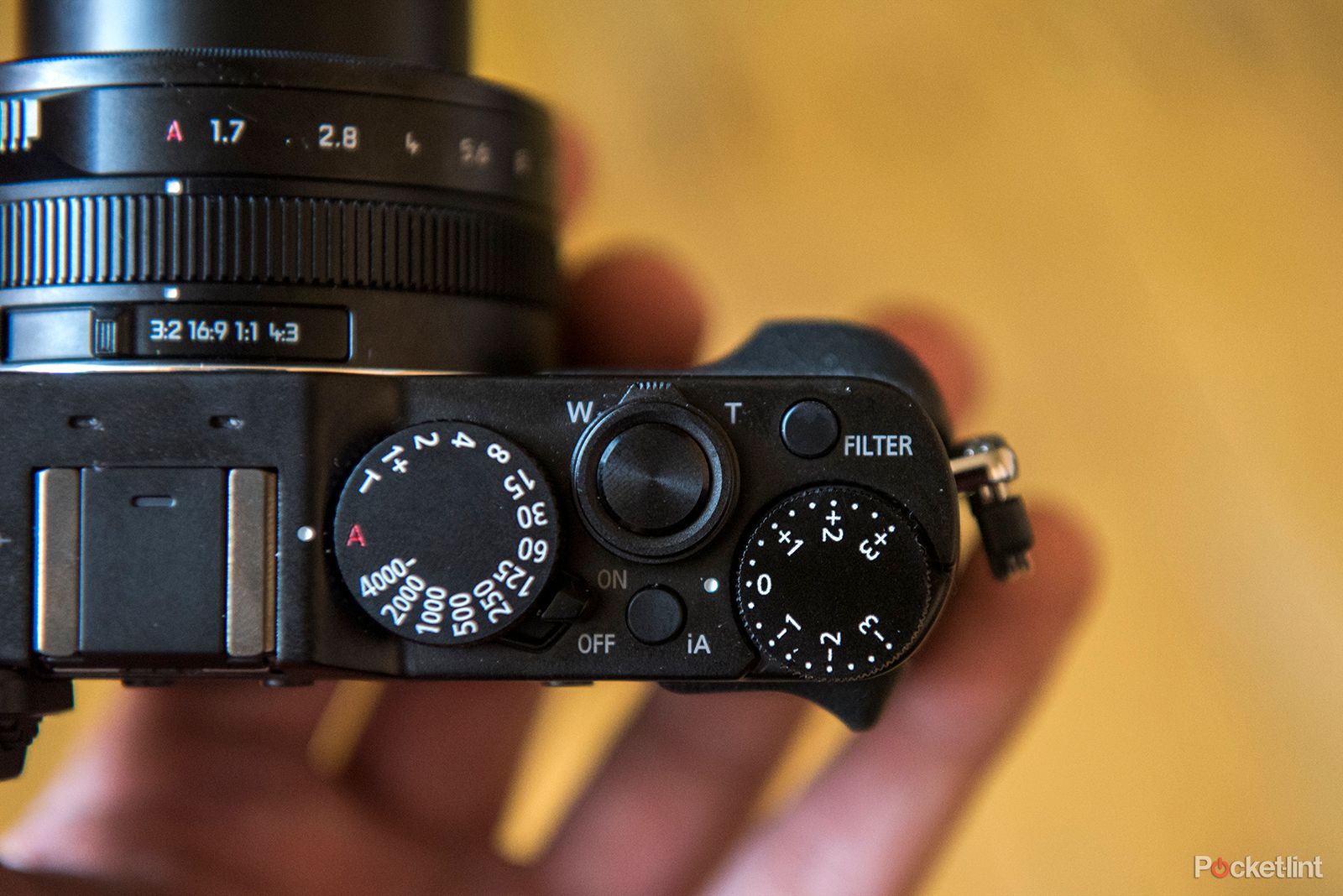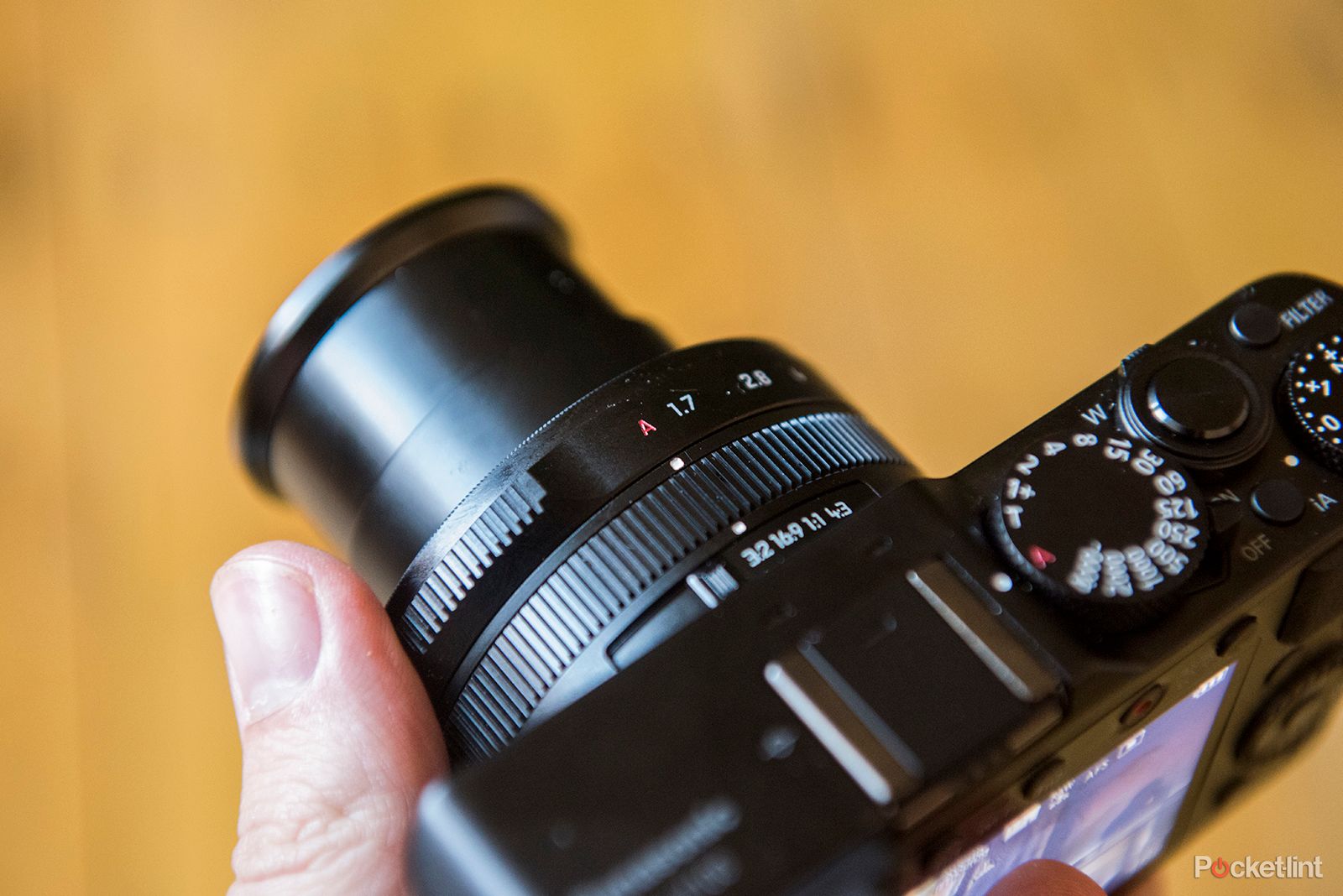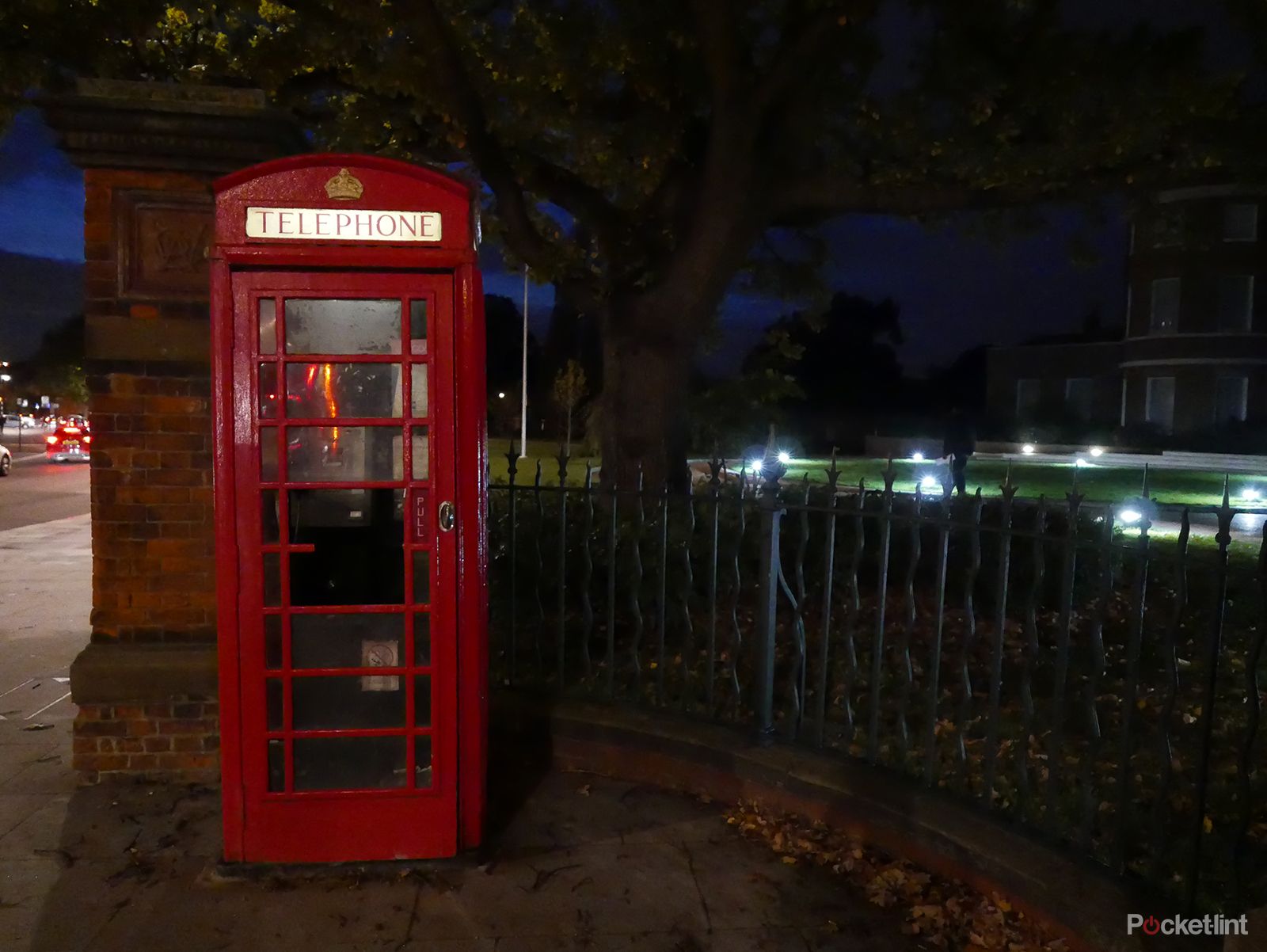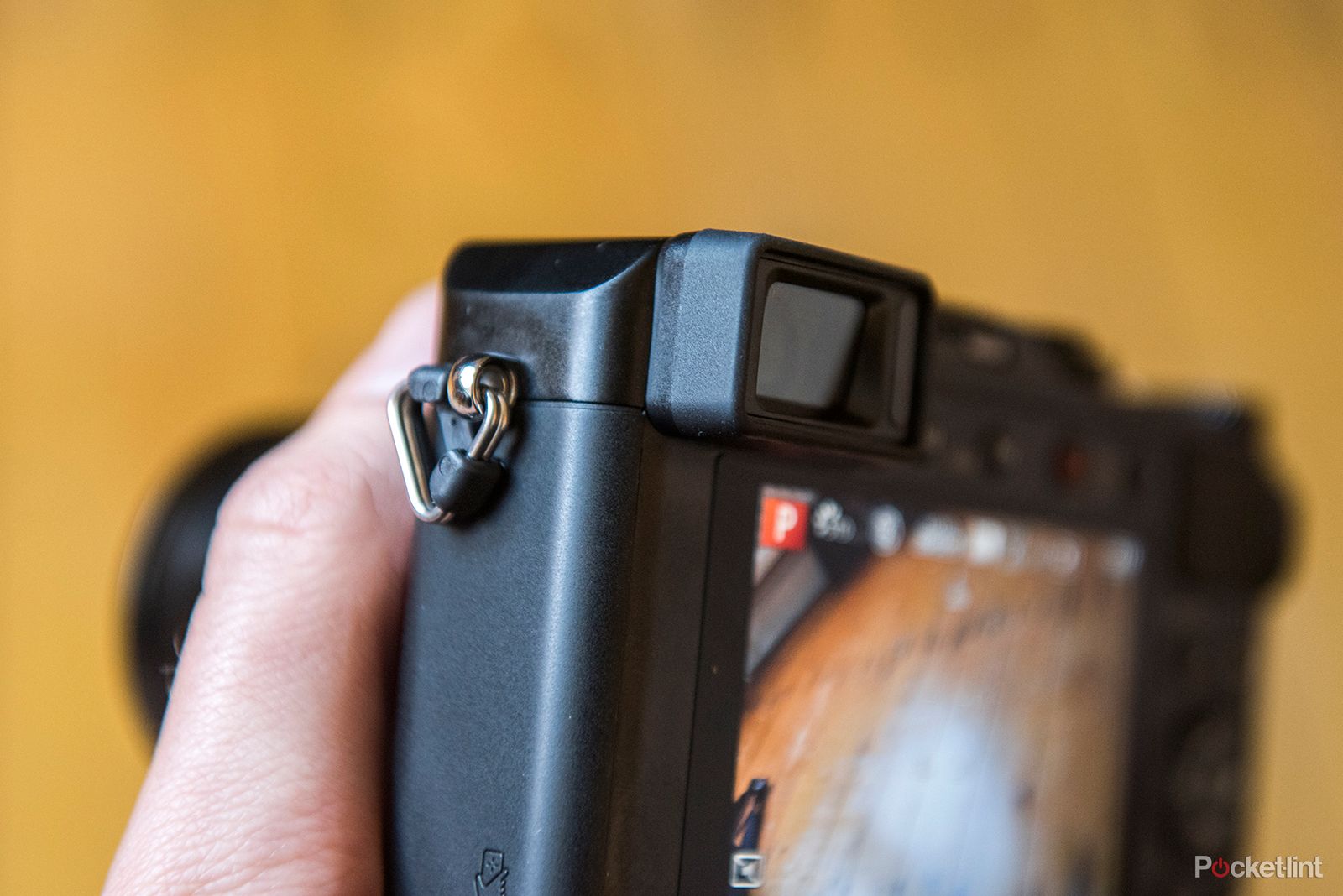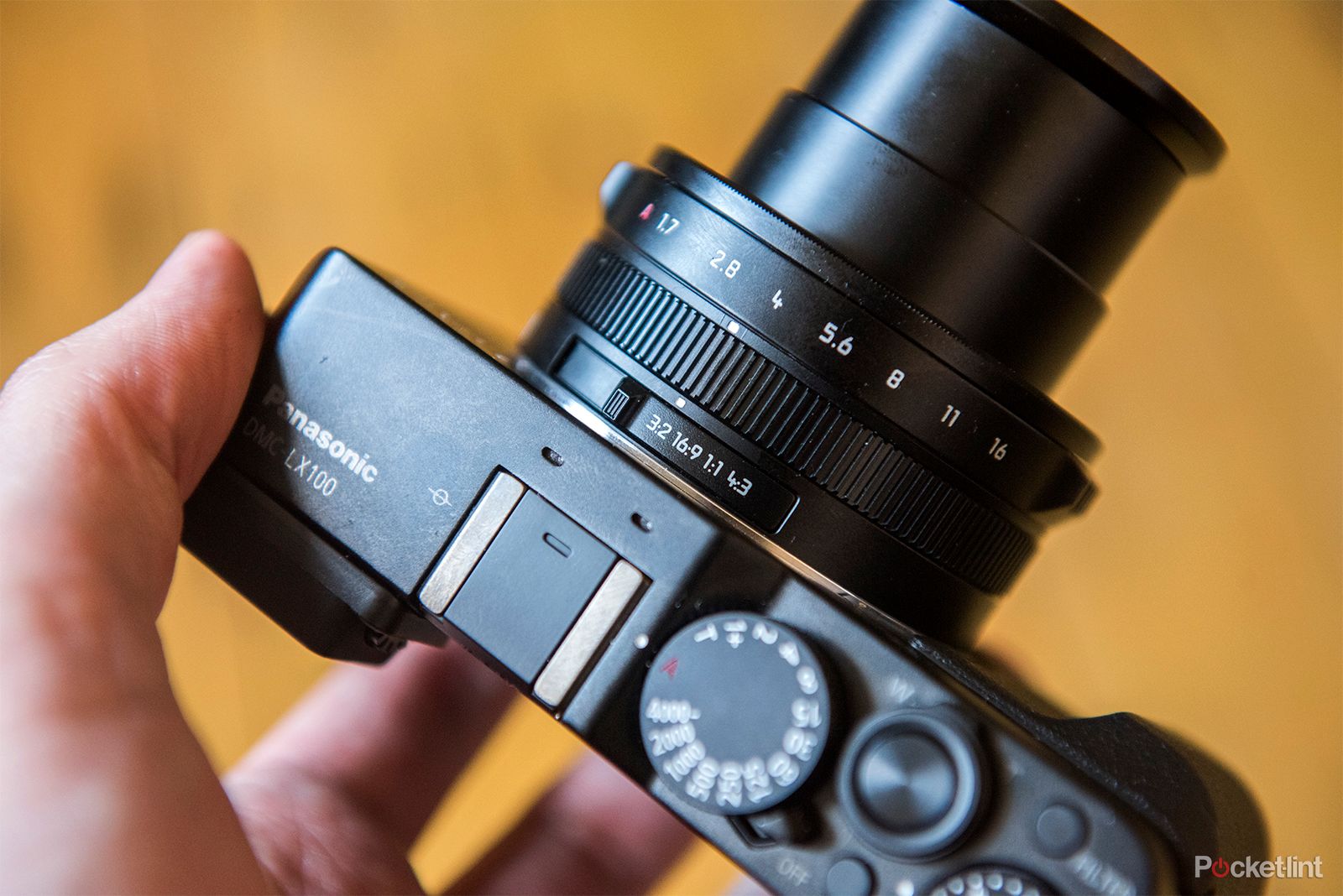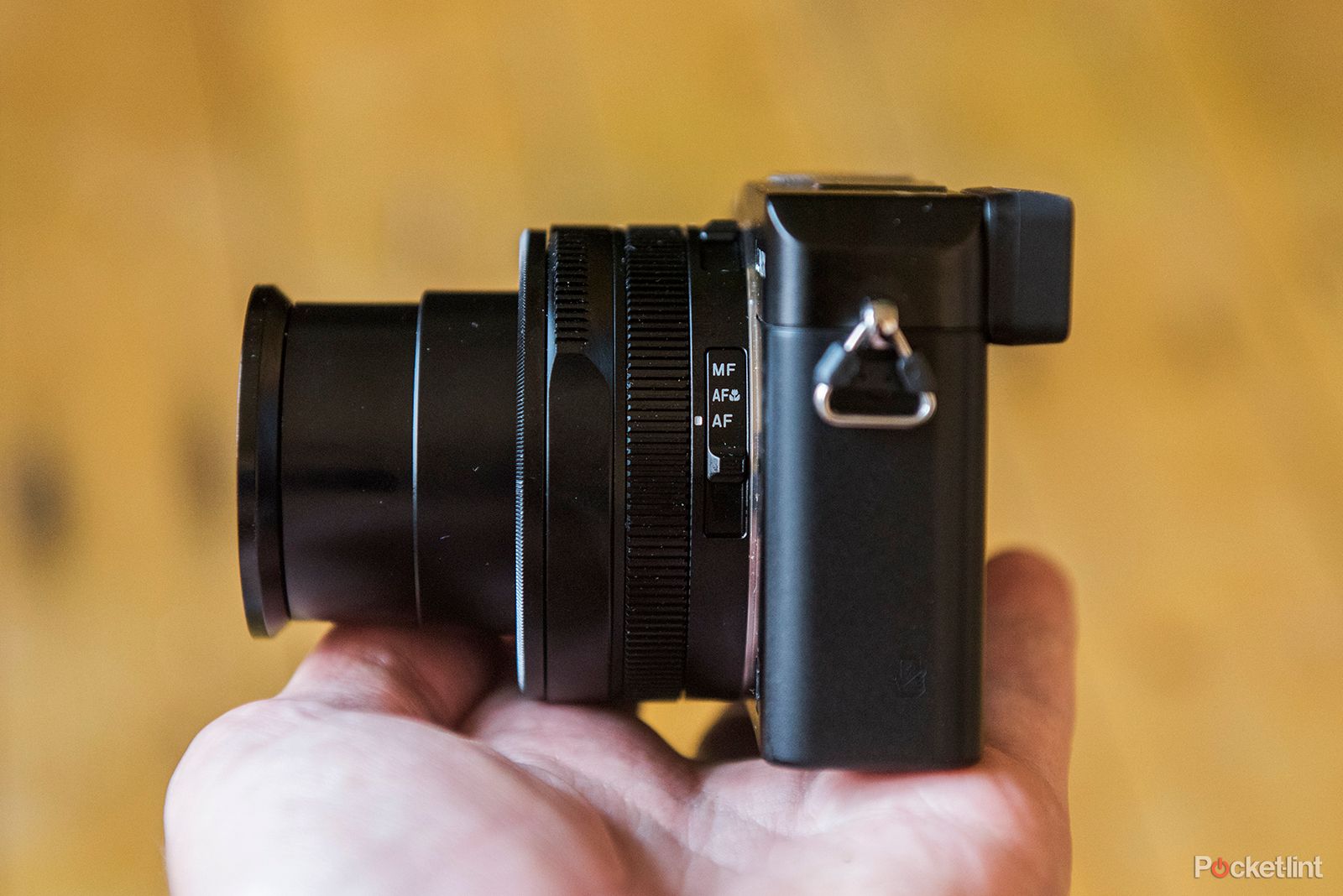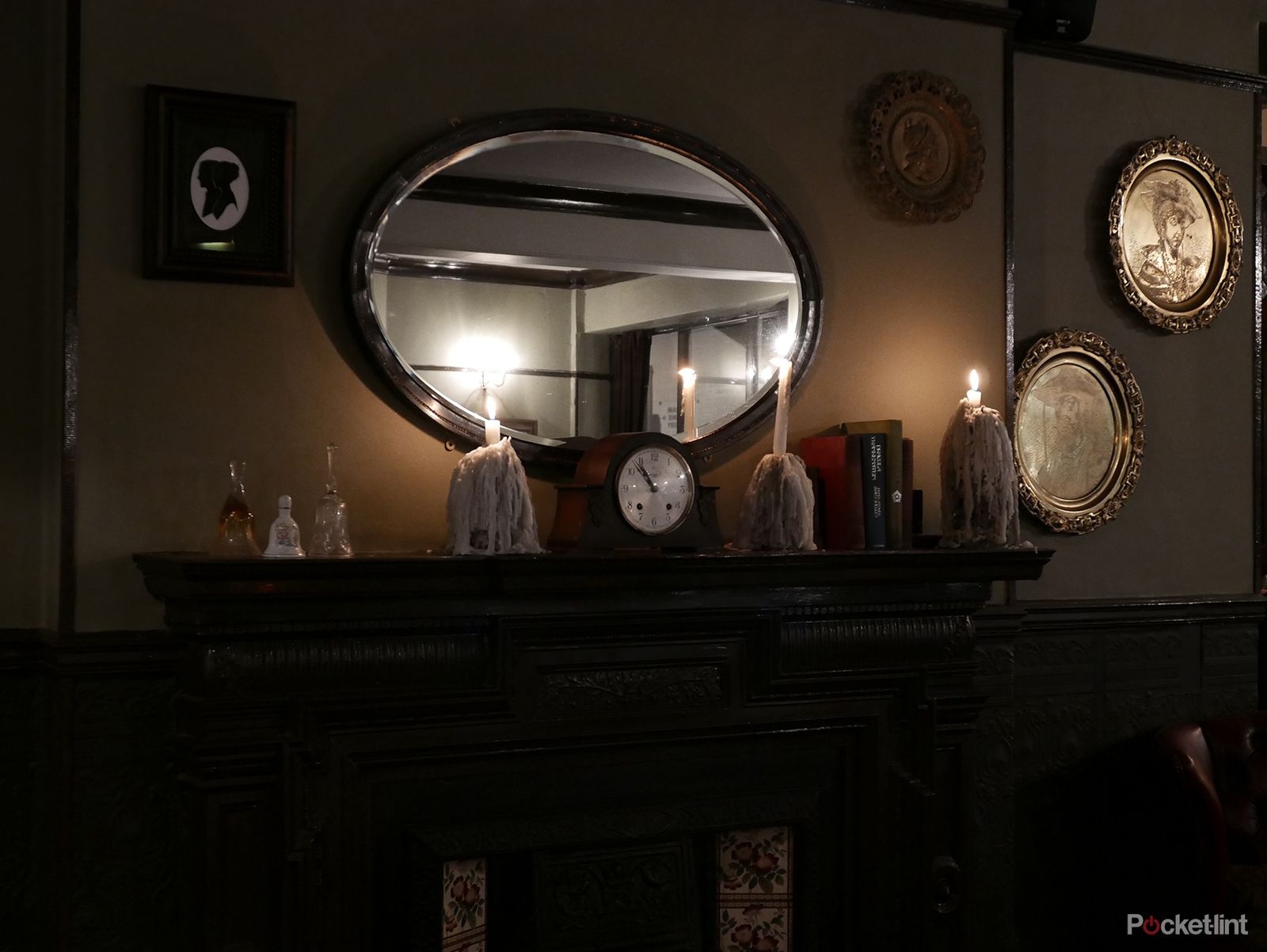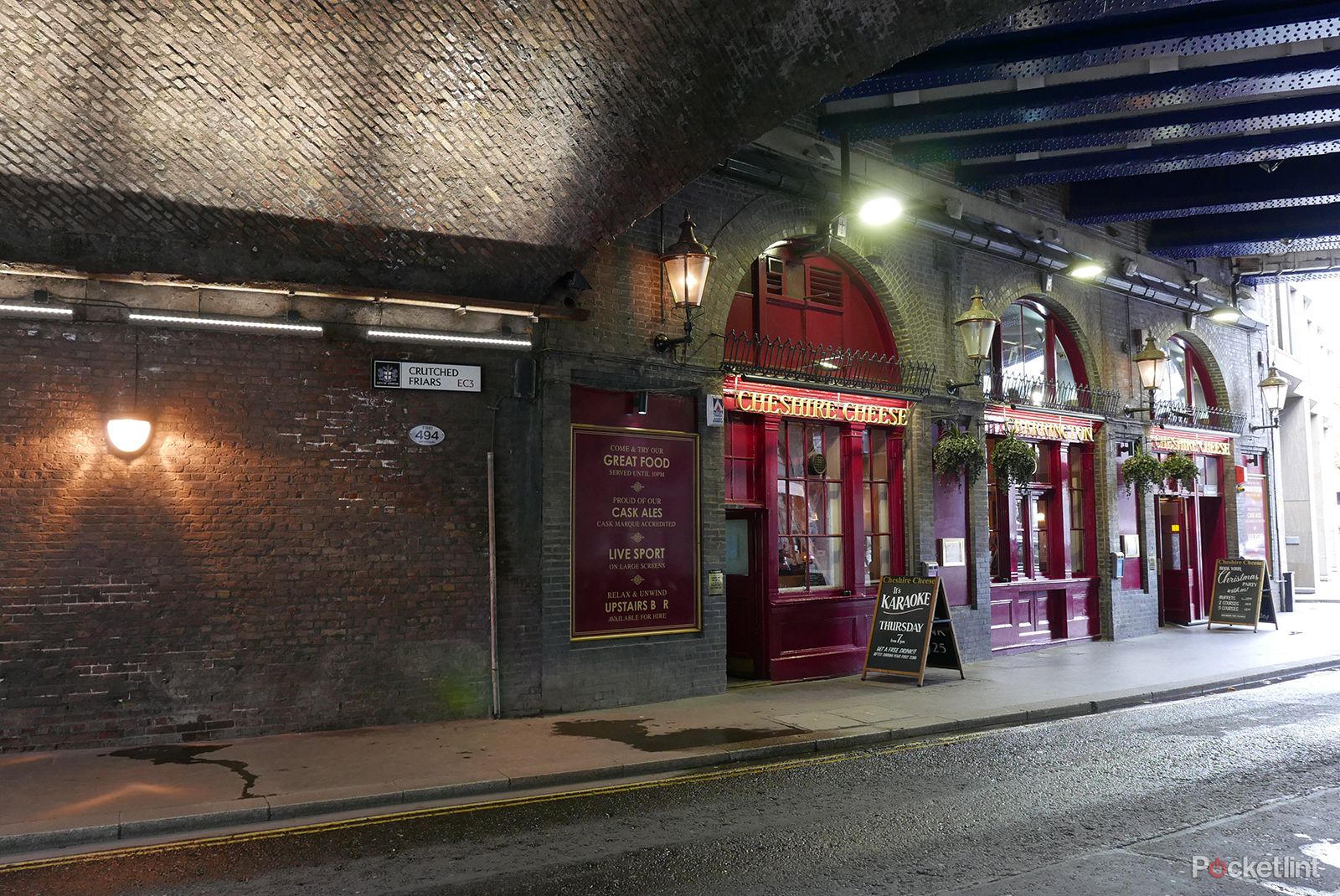When we first saw the Panasonic Lumix LX100 we were impressed that the company had finally squeezed a large-size Micro Four Thirds sensor into a compact camera. It's the exact thing photo enthusiasts have been calling on for years now; a nod to high-end quality that, potentially, could make it one of the best compact we've seen for some time.
Our quick take
We probably sound hyper-critical of the Panasonic Lumix LX100, for the simple fact that we are. There's so much potential here, but it's slightly skewed by the absence of a tilt-angle screen prevalent in so many competitors and image quality that isn't as head and shoulders above them as we thought it might be. Other small fusses relating to layout, a slow zoom extension, along with the absence of useful options such as a minimum shutter speed or neutral density (ND) filter also frustrate.
But here's the thing: we also love the Lumix LX100, because it has so many good features wrapped into that chunky metal body. It's not a five-star product, but it's knocking on the door thanks to autofocus that will see off a whole range of compact camera competitors. Add that fast 24-75mm f/1.7-2.8 equivalent lens and obtaining impressive images is no problem in all manner of conditions. The electronic viewfinder is brilliant too, and goes some way to negating the absence of a tilt-angle screen. Plus, but of course, those classic controls dials, physical aperture control ring, and silky smooth manual focus all make us go "yes please".
Overall the Panasonic Lumix LX100 lays the foundations of a great product. A few physical nips and tucks here and there, plus a couple of layout and features tweaks would see it be the perfect compact companion. But even as it stands, if the physical size doesn't perturb you then it's definitely well worth a look. Clearly it won't suit all, but even with its minor frustrations present, high-end compact cameras don't come much better than this.
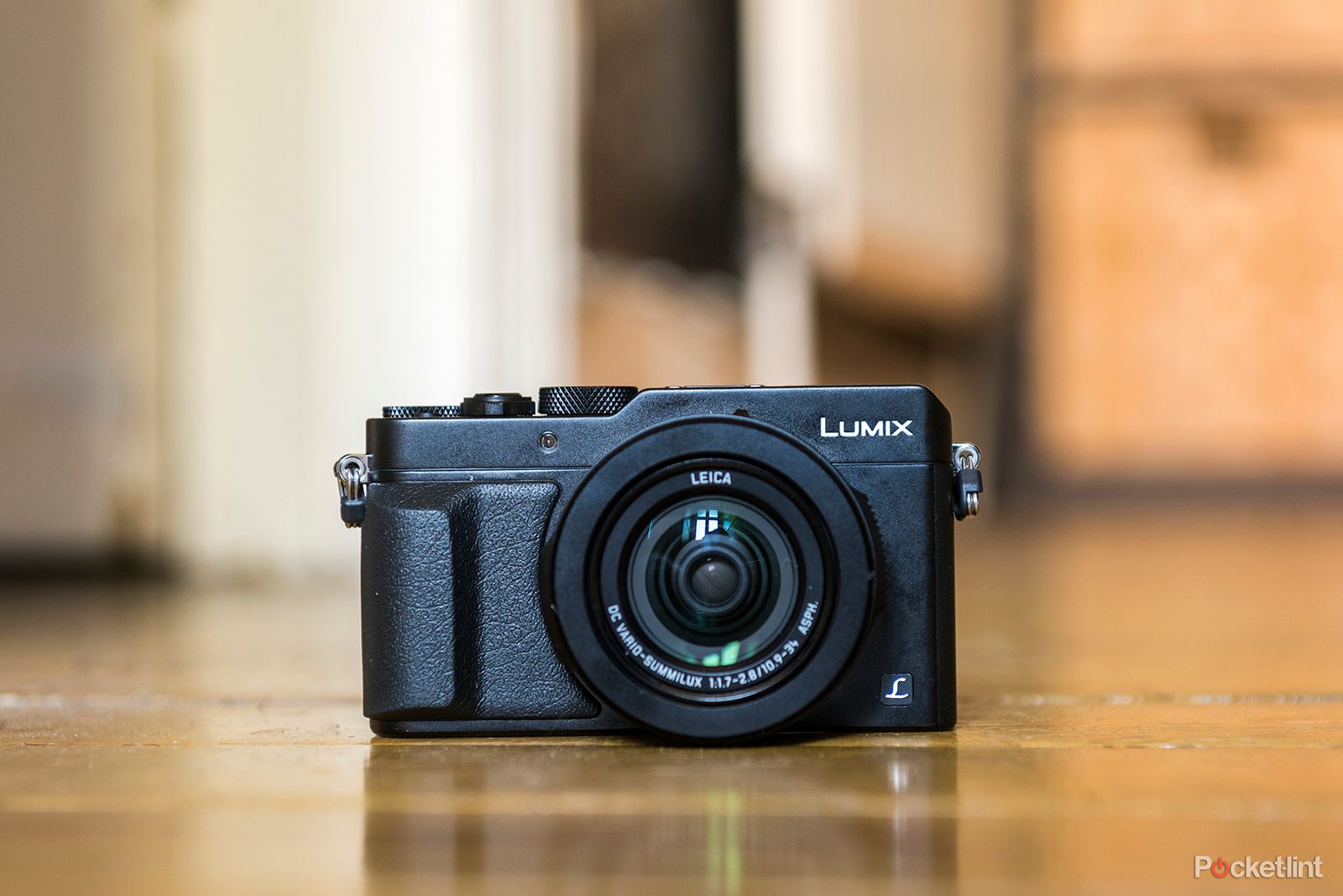
Panasonic Lumix LX100 - 4.5 / 5
| FOR | AGAINST |
|---|---|
|
|
Panasonic Lumix LX100
But we couldn't help thinking the choice of design was unexpectedly bulky - larger, even, than the company's Lumix GM5 interchangeable lens camera. A deliberate design choice, and one that saw mixed response from public and pundits alike. Perhaps that's part of the reason Panasonic dropped the price by £100 ahead of launch, seeing the LX100's new £699 asking price more closely aligned with its nearest competitors.
Since that first inspection, however, we've had the finished product land on our doorstep. Conveniently the Lumix LX100 arrived alongside the Fujifilm X30 and, in the interim, Canon PowerShot G7 X, so having used all three cameras throughout the same period of time - the Panasonic notably sporting the largest sensor (and price tag) of the three - we've got a firm handle on exactly what makes this Lumix tick.
A week into living with the Panasonic Lumix LX100 and it's ticked relieved some of our initial qualms, yet introduced some others. Is the LX100 the high-end compact camera to beat, or a case of close but not quite there?
Defiant design
The Lumix LX100 has a statement design; it's bold and unapologetic, and while some will accuse it of latching onto the current "retro" trend championed by Fujifilm, Panasonic has been making similar styled cameras for years - just take a look at the earlier LX series models.
The LX100's metal body, which measures 114.8 x 66.2 x 61.1mm (including the rear viewfinder protrusion), is a solid assembly that's complete with many of the nuts and bolts features that high-end photographers will want. Considering it has a far larger sensor than the Fujifilm X30 it's only marginally bigger by comparison. It still couldn't be called small though, not given how compressed the Sony RX100 series has become.
READ: Fujifilm X30 preview
To the front the LX100 has a manual aperture control ring, with a secondary smooth-rotating control ring set behind it, both on the lens barrel. On the top there are independent shutter speed and +/-3EV exposure compensation dials to take control in the classic sense - no singular dedicated shooting mode dial to be found here. Then to the rear is a fixed-panel 3-inch LCD screen, with an integrated 2,764-dot resolution LCD electronic viewfinder also taking pride of place to the upper corner.
A lot of these features are great in use too, but not all quite perfect due to occasional slight frustrations. The lack of any twist-barrel zoom, for example, means the zoom toggle control around the shutter is fairly slow to extend through the 24-75mm f/1.7-2.8 equivalent zoom lens' focal range. There is the option to use the lens control ring to "step zoom" through the typical focal lengths - set at 24mm, 28mm, 35mm, 50mm, 70mm, and 75mm - but this still isn't particularly swift.
The aperture control ring features f/stop markings and includes unmarked adjustments by third stops too, so it's really detailed way to physically click into the exact setting you want. If we're being hyper critical we'd like it to be a bit firmer to rotate as sometimes we unintentionally slipped from one given setting. That's the thing with having the full f/stop spectrum included: rotating a third of a stop is such a short rotation it can occur without you noticing. Fuji film, for example, handles these slighter adjustments not on the aperture ring of its X100 model, but by a compensation-style level instead.
The LX100's metal dials and buttons - with the exception of the rear d-pad that is, for whatever reason, plastic - feel great in the hand, but the absence of any locking mechanism on any dials is a shame. We would have added an on/off central lock switch to the exposure compensation dial at the very least as we kept knocking that out of place and there's no warning light to indicate it's not set to zero (the virtual compensation meter shows yellow rather than white on screen, if you have this display switched on).
Lastly we're disappointed by the close proximity of the autofocus/macro/manual switch and aspect ratio (3:2, 16:9, 1:1, 4:3) switch to the very rear of the lens barrel. These are features that we love having, so to make them fussier than they should be to use is a frustration. Many of the camera's buttons are small too, but at least these are spaced apart for ease of use.
Top-tier performance
Despite some design niggles, the Panasonic Lumix LX100 can't be accused of being a slouch when it comes to performance. To accompany that fast 24-75mm f/1.7-2.8 equivalent lens - putting its maximum aperture and top-end reach a step ahead of even the Sony RX100 III - is an autofocus system more akin to the company's top-end interchangeable lens system cameras. The LX100 sees many other compact cameras pale by comparison.
READ: Sony Cyber-shot RX100 III review
If you've ever used a recent Lumix G-series system camera then you'll have an idea of what to expect. Autofocus comprises face/eye detection; subject tracking; 49-area auto; custom multi which offers multiple user-selected points to be activated; 1-area; and pinpoint. It's this kind of proactive push forward that we're really pleased to see and it makes the simple autofocus options of the Canon PowerShot G7 X, for example, just look plain lazy.
READ: Canon PowerShot G7 X review
For manual autofocus control the single AF point can be adjusted through 15 different sizes from small to large and placed anywhere across the screen - including to the outermost edges. The lack of a touchscreen can slow down this manual placement, but a quick reset using the Display button will centralise the focus point again.
Our favourite autofocus setting of the bunch has to be Pinpoint. It's a mode we've long been championing and one that only Panasonic offers. A cross-hair focus area can be placed onto the screen and when focusing the surrounding area zooms in to 100 per cent scale to confirm accurate focus has been acquired exactly where it was placed. It's precise and its presence in a compact camera gives the LX100 serious Brownie points.
Sometimes the single-point autofocus did struggle with what we would consider to be high contrast scenes - including a bright rainbow after a storm - and our conclusion is that it's not quite on par with the likes of the Lumix GH4 for accuracy. But failure to focus was an occurrence few and far between, and given we were shooting in near darkness in the park with the aperture wide-open goes to show how capable the LX100 is in even tricky conditions.
READ: Panasonic Lumix GH4 review
With plenty of other features also adapted from the Lumix GH4, the LX100 also benefits from an optional electronic shutter option meaning 1/16,000th sec exposures are possible. This electronic shutter is silent too, so no distraction when the rest of the camera is set to silent mode.
Panasonic Lumix LX100 review - sample image at ISO 6400 - click for full-size JPEG crop
However, and like with the design elements of the camera, it's the smaller things that irk us about the LX100's performance. The Auto ISO option opts for slow shutter speeds when operating in aperture priority and as there's no minimum shutter option available within the menus (would be needed for when the shutter dial is set to Auto "A") this can be a problem. If, like us, you often shoot with the aperture being the only variable control then, at present, Auto ISO will only exceed ISO 1600 when the camera automatically selects a shutter speed equal to or greater than 1/4th sec.
There's no built-in neutral density (ND) filter which would be useful for an f/1.7 lens in daylight. With a camera so advanced, why not go the extra mile and give it everything? It seems at odds with what it's all about.
Having recently used three high-end compacts with tilt-angle LCD screens - the Canon G7 X, Fujifilm X30, Sony RX100 III - we also felt the absence of one in the LX100. Taking low-lying autumn leaves shots was a bit trickier via that fixed-panel screen, while on-the-lap candid street photography snaps had to be taken somewhat blindly.
A viewfinder to love
There's an apparent reason for no tilt-angle screen to feature though: the LX100's built-in electronic viewfinder (EVF) protrudes a little from the rear so the two would otherwise clash. We still think both could be incorporated into the design, even at this scale, but after we started using the EVF we began to forget about the screen because that's how good this finder is.
The 2,764k-dot resolution panel is as resolute as they come and looks great to the eye. With a 0.7x equivalent magnification the 0.38-inch image is made physically large which is useful to both compose and playback shots. It's not quite as big as the one on the Fujifilm X-T1, but on its way there, and given this Panasonic is just a compact camera that's quite an achievement.
READ: Fujifilm X-T1 review
We love that the EVF exposure is accurate in real-time, and the same can be said for colour balance. Even when wearing glasses (as we often do) the large scale of the preview at a slightly extended distance still looks great. No discernible lag to fuss about either.
Panasonic Lumix LX100 review - sample image at ISO 1600 - click for full-size JPEG crop
The EVF can be activated manually or there's an eye-level sensor for automated switching between it and the rear LCD should you prefer Sometimes this automation can get annoying when coming in to press buttons as the proximity sensor will black out the screen if you get close to it - even if by accident.
Multi-aspect ratio
Eagle-eyed readers will spot the "10.9-34" marking on the front of the LX100's lens barrel and may wonder why (considering this is a Micro Four Thirds sensor has a 2x crop factor) that doesn't equate to a 21.8-68mm equivalent rather than the 24-75mm equivalent quoted. The answer here lies in the LX100's use of a multi aspect ratio imaging sensor - a concept that Panasonic last put to market with the Lumix GH2.
In the case of the LX100 it adopts the Lumix GX7's 16-megapixel sensor, adapted for 3:2, 16:9, 1:1 and 4:3 ratios. None of these will achieve the full 16-megapixel resolution, of course, given that the full sensor is not used for any of them, with the 4:3 option providing a 12.8-megapixel output. The purpose of such cropping means the camera will always be using the sweet spot of the image circle for the best possible results.
The lens construction - comprising five aspherical lenses including two ED lens elements, complete with nine blade aperture for rounded bokeh - is unconventional compared to normal Micro Four Thirds lenses, as it had to be designed to accommodate the smaller desired front lens element and scale of the LX100. That doesn't make it "small small" though, as it protrudes a fair amount from the camera body when switched on, and even more so at full extension. Can't complain for the sake of quality though.
Focus is limited to a 50cm-from-lens minimum unless switching into macro mode, when the wide-angle 24mm equivalent means the subject can be just 3cm from the lens, extending to 30cm at the longest 75mm equivalent. Macro autofocus is relatively swift, but not as quick as the standard overall.
Image quality
Let's start by saying the LX100's image quality is very good. But, again, it's not perfect - if anything we were expecting to be shouting about it from the hills, but it doesn't quite achieve that level of prestige.
Panasonic Lumix LX100 review - sample image at ISO 200 - click for full-size JPEG crop
On the one hand that fast lens opens the door for creative image capture and shooting wide-open may assist in avoiding higher ISO sensitivities for handheld shooting. From dim-lit passageways through to near pitch dark parkland, we've been able to get some solid shots, in part thanks to the built-in optical image stabilisation system.
And you'll have to shoot handheld without flash straight out of the box, as there's no built-in unit. You can add one via the included hotshoe, though, should you wish to introduce an added blast of light.
On the other hand you'll be looking at buying this camera and expecting its large sensor to blow the competition out of the water. It performs well, but edge sharpness when wide-open isn't standout, there's visible colour noise in shadow areas throughout a large portion of the ISO sensitivity range when viewed at 100 per cent scale, and we found some streetlights and candles to exhibit some flare.
Panasonic Lumix LX100 review - sample image at ISO 1600 - click for full-size JPEG crop
The LX100's sensor is an adaptation of that found in the Lumix GX7, but the processing makes the shots from both look different. There's more texture to the LX100 shots. It appears Panasonic has gone in rather lightly with regards to image processing - we see that as a positive, whereas others might find the visible grain an uncommon feature of JPEG images these days. Embrace it.
READ: Panasonic Lumix GX7 review
Having gone back and looked at our GX7 files there's still some visible colour noise in the mid-ISO shadow areas, so that's not a new thing - but it just seems more visible to our eyes in the LX100. It's probably situational based on the gloomy London shots we've been snapping making it more pronounced.
When things come together shots do look glorious though. Some of our ISO 200-400 shots show great clarity, such as this statue shot (below).
Panasonic Lumix LX100 review - sample image at ISO 400 - click for full-size JPEG crop
Above ISO 1600 detail isn't nearly as impressive, while the level of image noise visible in open skies and other such gradated areas is noticeable.
We are unable to look at the raw files as the provided SilkyPix software is not yet compatible with the LX100. We uninstalled the earlier version of SilkyPix, tried installing the new version twice over, but even after multiple restarts the RW2 files weren't readable. How much they will vary to their JPEG counterparts we can't yet say - which is a shame. There is in-camera raw file processing, which is a cool idea, but that wasn't sufficient for us to dig deep into the original files.
Panasonic Lumix LX100 review - sample image at ISO 800 - click for full-size JPEG crop
Overall the Lumix LX100 takes good images thanks to its overall feature set. But considering the price point, the competition does make it tougher for this high-end compact to stand out as much as it could.
To wrap up there are some other high points: the ability to capture 4K video at 25fps is a bonus and of good quality, in-camera filter options also appear and the battery did a good job by lasting for a couple of days of casual shooting (although we'd like to see a percentage counter, not a three-bar arrangement). However, the built-in Wi-Fi might sound great for picture sharing, but Panasonic is behind the curve on this one, we couldn't get it to work in this instance, and it still insists on its Lumix Club sharing route - just give us Twitter, Facebook et al already.
Panasonic Lumix LX100
To recap
Overall the Panasonic Lumix LX100 lays the foundations of a great product. A few physical nips and tucks here and there, plus a couple of layout and features tweaks would see it be the perfect compact companion. But even as it stands, if the physical size doesn't perturb you then it's definitely well worth a look. Clearly it won't suit all, but even with its minor frustrations present, high-end compact cameras don't come much better than this.

